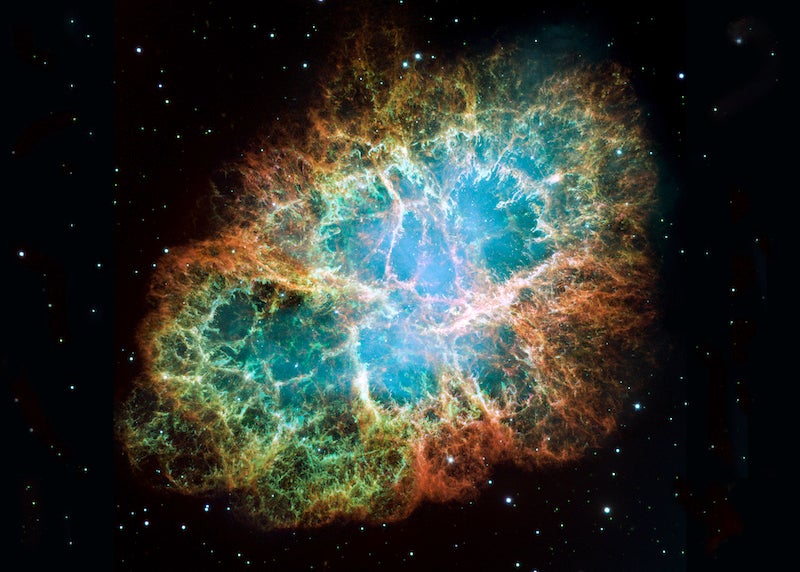Eastern Sagittarius is highlighted by a distinctive asterism that’s easy to spot through binoculars. Begin at the top of the Teapot, and then shift about 10° northeast. There, you’ll find a slender triangle created by the stars Pi (π), Omicron (ο), and Xi (ξ) Sagittarii. All shine between 3rd and 4th magnitude.
Examine the triangle with your binoculars, and you’ll see that its western corner star is actually two. Both carry the “Xi” designation. Xi1 and Xi2 are separated by half a degree, making them easy to resolve through even the smallest pocket binoculars. Can you also see any subtle color difference in them? Xi1 is a 5th-magnitude blue-white supergiant, while 4th-magnitude Xi2 is an orange giant. Although they form a pretty pair, in reality they are nowhere near each other in space. Xi1 is at least 2,300 light-years from Earth, while Xi2 is much closer at 372 light-years away.
Astronomy magazine subscribers can read the full article for free. Just make sure you’re registered with the website.









